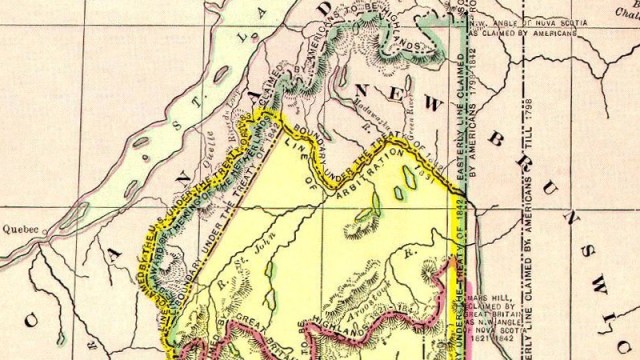111 – The Comancheria, Lost Homeland of a Warrior Tribe
n
Under the presidency of Sam Houston (1836-’38, 1841-’44) the then independent Republic of Texas almost came to a peace agreement with the tribal collective known as the Comanche. The Texas legislature rejected this deal, because it did not want to establish a definitive border with the Comanche; for by that time, white settlers were pushing into the Comancheria, the homeland of one of the most fearsome Native American peoples the Euro-Americans ever had to deal with.
n
The very name by which the Comanche are known to us, is an Ute word for ‘enemy, foreigner’. Never more numerous than 20.000, this warrior tribe was a product of the horse – and therefore arguably as ‘native’ an American culture as that of the Euro-Americans, who introduced the horse to the New World. The Comanche emerged around 1700, when a group of Shoshone mastered the art of equitation, split off from the main tribe and migrated south from Wyoming, literally in search of better pastures.
n
From around mid-18th century, they roamed an area known coinciding with present-day north-western Texas, western Oklahoma, parts of southern Kansas and Colorado and eastern New Mexico. This area, first called the Comancheria by the Spanish, coincided with the Southern Plains in which the buffalo roamed, and in such plentiful numbers that the Comanche’s numbers increased significantly as well. This was also due to Shoshone immigration and the capture of enemy women and children.
n
The Comanche were the first Plains people to fully incorporate the horse into their culture, and were pivotal in distributing horse-knowledge to other Native American tribes. They also sold horses to white settlers… and stole many back, earning a reputation as horse (and cattle) thieves. This dovetailed with the tribe’s warrior reputation – they established their Comancheria by pushing the Apache out of the Southern Plains, and they raided deep into Mexico for slaves, wives, horses and mules.
n
Once, they got so far south that they encountered “little men that did not speak to us”: monkeys! These raids continued until long after the Mexican-American War, although the treaty that ended it stipulated that the US had to stop them. The Comanche were hard to tame. The Comanche threat was wiped out by that familiar companion to white expansion: devastatingly lethal epidemics, in this case of smallpox and cholera, which reduced the Comanche to a few thousand by the 1870s.
n
Their numerical strength broken, they were herded into ever smaller reservations from the Treaty of Medicine Lodge (1867) onwards. The near-extinction of the buffalo by white hunters provoked an unsuccessful Comanche attack, after which they were further marginalised. In 1875, the last independent Comanche band under Quanah Parker surrendered and moved to an Oklahoma reservation, which was eventually opened up to white settlement in 1906.
n
Today, the town of Lawton in Oklahoma is the annual venue of the Comanche pow-wow. Oklahoma holds about half of the total present-day Comanche population of 10.000, the rest residing mainly in Texas, California and New Mexico. The map in this post was taken from the Wikipedia entry on the Comancheria.
n






